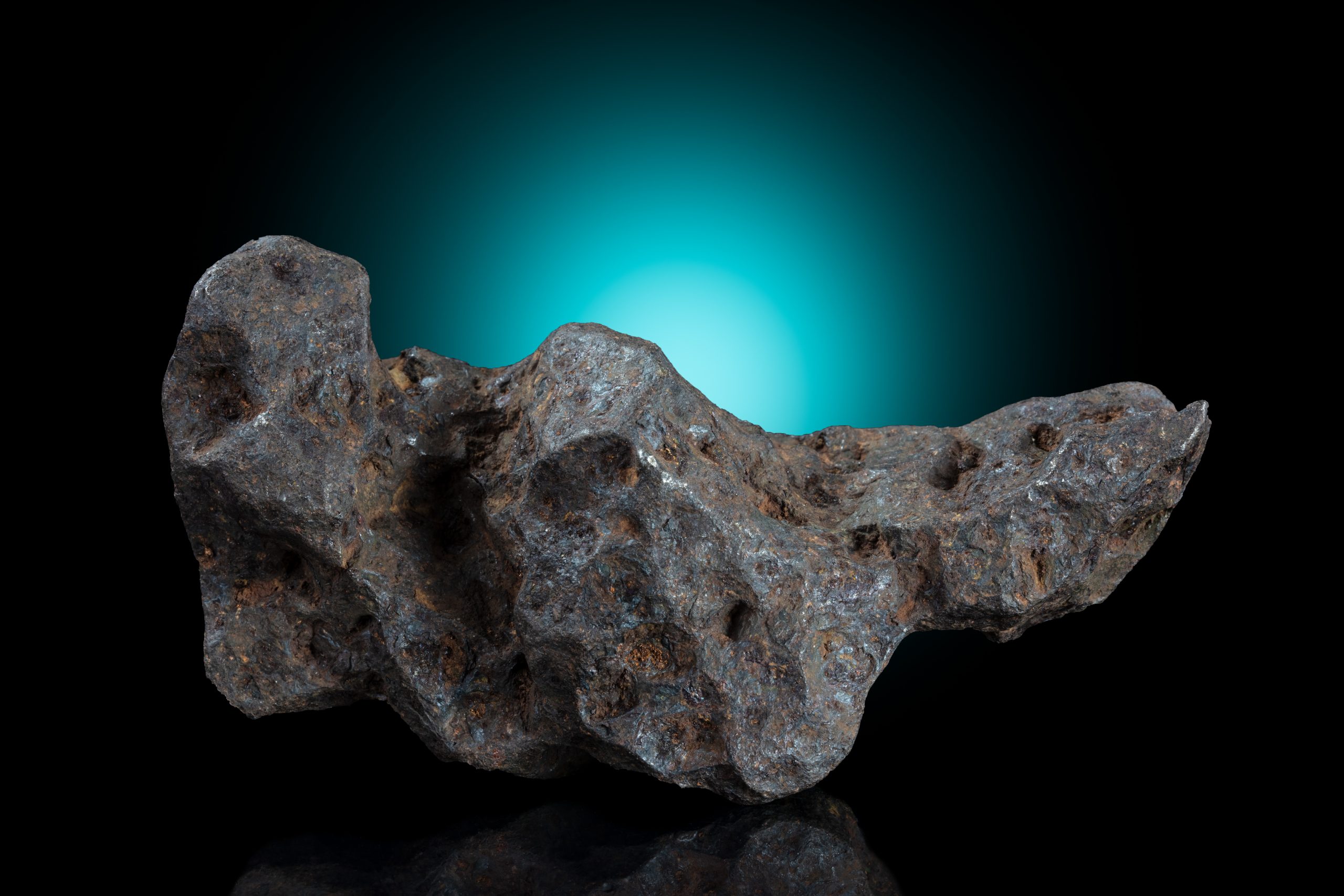
Those of asteroid origin can be composed of dense stony or metallic material (the minority) while those of cometary origin (the majority) have low densities and are composed of a “fluffy” conglomerate of material, frequently called a “dustball.” The brilliant flash of light from a meteor is not caused so much by the meteoroid’s mass, but by its high level of kinetic energy as it collides with the atmosphere. The majority of visible meteors are caused by particles ranging in size from about that of a small pebble down to a grain of sand, and generally weigh less than 1-2 grams. How big are most meteoroids? How fast do they travel? This is a general guideline only, since very fast meteors may first become visible above this height, and slow, bright meteors may penetrate below this band.īack to top 3. This “meteoric region” lies between about 80 km and 120 km (50 to 75 miles) in altitude. Most meteors occur in the region of the atmosphere called the thermosphere. If remnants of the parent meteoroid survive the trip through the atmosphere to reach the ground, then these remnants are called meteorites.īack to top 2. It was not until the mid-1800’s that the extra-terrestrial nature of meteors was widely recognized. Meteors were once thought to be a purely atmospheric phenomena, and the study of these and other atmospheric effects, especially weather, spawned the science of meteorology. Whenever a meteoroid plows into the Earth’s atmosphere, it will create a brief flash of moving light in the sky, called a meteor. Meteoroids are the smallest members of the solar system, ranging in size from large fragments of asteroids or comets, to extremely small micrometeoroids. What is the difference between a meteor, a meteorite, and a meteoroid?ĭownload a printable version of this poster for FREE.
#Meteor meteorite meteoroid free#
If you need further clarification or have further questions, please feel free to contact us via electronic mail.
#Meteor meteorite meteoroid how to#
How can I find out when a meteor shower is occurring, where and how to look, and what to expect?.What is a meteor shower? Does a shower occur “all at once” or over a period of time?.



 0 kommentar(er)
0 kommentar(er)
